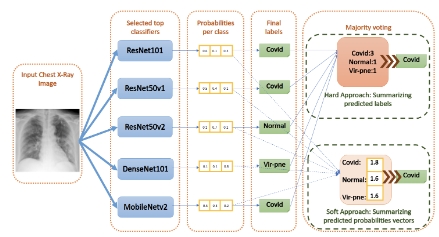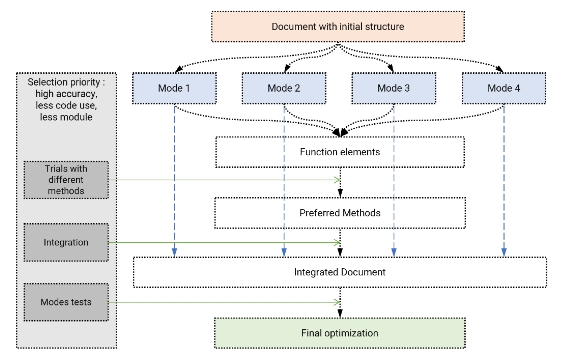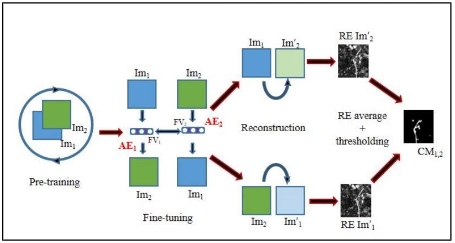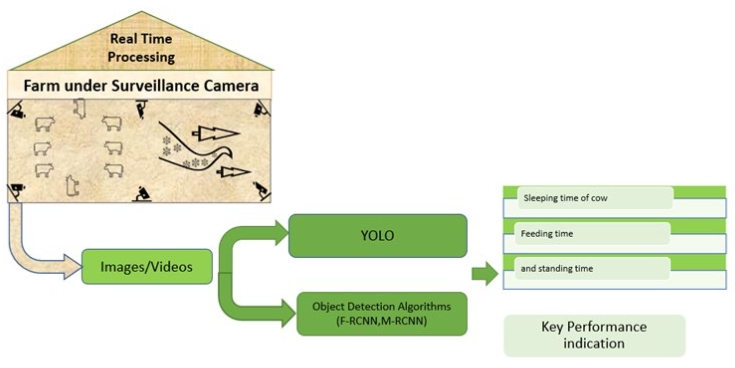Innovation dynamics in BRICS economies investigated by artificial intelligence (AI)
Abstract
This study aims to address the existing knowledge gap regarding the specific impact of artificial intelligence (AI) on patent research and emphasize its strategic significance as a catalyst for innovation. The methodology employs a comprehensive approach, integrating both qualitative and quantitative research methods. It systematically investigates the transformative potential of AI in patent research within the BRICS nations, including an examination of the technological, ethical, and legal challenges associated with AI’s application in patent analysis. This research contributes to the field by extending beyond the conventional focus on the role of patents in innovation and shedding light on the potential of AI in patent research. It offers valuable insights into how AI can redefine the landscape of patent research, providing a more rapid and accurate perspective on the identification of technological trends, opportunities, and competitive factors. The findings underscore that AI in patent research yields numerous advantages, ranging from efficient data processing to the forecasting of technological trends. Future studies should explore ethical and legal considerations associated with AI in patent research, as well as its implementation in the strategies of both corporate entities and governmental bodies in the BRICS nations.
References
[1]BRICS. Joint Declaration of the BRICS Summit. Johannesburg. Available online: https://brics2023.gov.za/wp-content/uploads/2023/08/Jhb-II-Declaration-24-August-2023-1.pdf (accessed on 13 February 2024).
[2]Arora A, Ceccagnoli M, Gambardella A. Patents and the Evolution of Technology: A Review of the Literature. Research Policy. 2018; 47(10): 1923–1937.
[3]Hall BH, Jaffe AB, Trajtenberg M. The NBER patent citation data file: Lessons, insights, and methodological tools. National Bureau of Economic Research; 2005.
[4]Lanjouw JO, Schankerman M. Patent quality and research productivity: Measuring innovation with multiple indicators. The American Economic Review. 2004; 94(1): 281–290.
[5]Hu D, Huang J, Tang Y. Technological Forecasting & Social Change. 2017; 123(Suppl. C).
[6]Chaminade C, Shadlen KC. The governance of innovation and socio-economic development in Brazil: Challenges of building capabilities in latecomer firms. Edward Elgar Publishing; 2012.
[7]Li X, Zeng X, Liu H. Intellectual property rights and innovation in developing countries. Journal of Intellectual Property Rights. 2020; 25(1).
[8]Trajtenberg M. A penny for your quotes: Patent citations and the value of innovations. The Rand Journal of Economics. 1990; 21(1).
[9]Dutrénit G, Capdevielle-mougnibas V, Muldur U. The role of intellectual property rights in technology transfer and innovation: Evidence from China. Research Policy. 2018; 47(8): 1506–1517.
[10]Lall S, Wahba J. Foreign direct investment in developing countries: a selective survey. World Development. 2004; 32(3): 199–219.
[11]Dutta S, Lanvin B. The Global Innovation Index 2019: Creating healthy lives—The future of medical innovation. Cornell University, INSEAD, and World Intellectual Property Organization (WIPO); 2019.
[12]Smith J, Brown A. Enhancing innovation policies: A comparative study of BRICS countries. Innovation and Development. 2021; 9(3).
[13]Zhang H, Kim Y. Technological development and economic growth in BRICS nations: A patent analysis. Journal of Asian Economics. 2020; 69.
[14]Chen J, Wang L, Wang W. Artificial Intelligence and Its Impact on Patent Analysis: A Bibliometric Analysis. Journal of the Association for Information Science and Technology. 2021: 72(11): 3033–3048.
[15]Wang H, Du X, Zhang Z. Using machine learning to predict emerging technologies. Technological Forecasting & Social Change. 2020; 157.
[16]Feldman M, Yang S. Artificial intelligence and the end of work: The role of policy in an era of technological change. NBER Working Paper Series. 2018; 25492.
[17]Zhang Y, Ma L, Huang Y, Zhu Z. A bibliometric and textual analysis of the academic literature on patents. Journal of Informetrics. 2018; 12(1).
[18]Gupta AK, Mishra SK, Singh AK. Analysis of patent trends in biotechnology in India: A review of literature. Journal of Biotechnology. 2021; 265: 127531.
[19]Kumar A, Kumar R. Patenting trends in biotechnology in India: A bibliometric analysis. Scientometrics. 2022; 125(3): 2059–2080.
[20]Mishra SK, Gupta AK, Singh AK. Patenting trends in biotechnology in India: A big data analysis. Patents. 2023; 13(2).
Copyright (c) 2024 Claudio Zancan, João Luiz Passador, Cláudia Souza Passador, Ricardo Carvalho Rodrigues

This work is licensed under a Creative Commons Attribution 4.0 International License.










